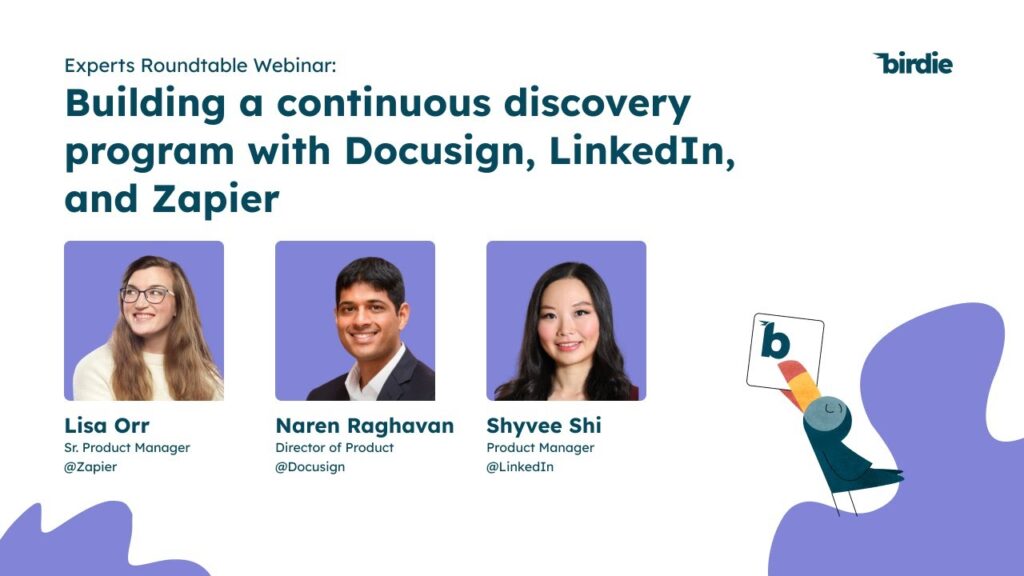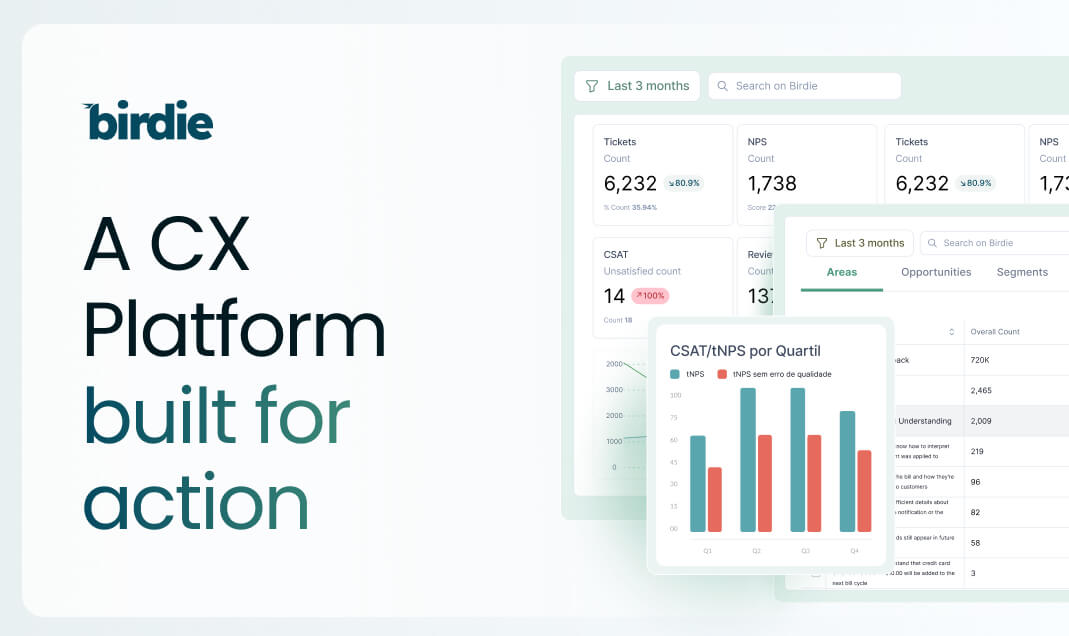
This post about being both product-centric and customer-centric was originally posted on November 22, 2022 in the Mind the Product blog

It was not too long ago that Forrester announced that we were entering the Age Of The Customer. In this period, it was stated that to succeed companies needed to reinvent how they worked, focusing on systematically understanding customer needs to deliver what they expected.
The new era, which arose more as an evolution than a disruption to the Age of Information, came to ensure that the combination of the millions of different data points generated with new technologies - and the digitalization of consumption - was delivering a sound and complete experience to customers.
Since then, it became common to see companies preaching customer-centricity as the secret to success and investing both in customer experience tools and in marketing to become more customer-centric and hopefully win in the Age of the Customer. But most are still not succeeding. Why?
Because there is a critical piece being neglected by companies and, as contradictory as it might sound, it is being more product-centric.
What is a product-centric company?
Oftentimes, people think that being product-centric means the opposite of being customer-centric, but that is a common misconception. A product-centric company is not a company that focuses on the product above everything else, including customer and market needs.
Being product-centric actually means being both customer-centric and user-centric, with the added challenge of making sure that the customer is having their needs met by a strong product.
The main difference between a company that is only customer-centric and one that is also product-centric is that the first tends to lose focus on the product to meet customers' expectations. As a consequence, they might end up with poor products and a whole army of people trying to compensate for these weaknesses, or with no product at all - just a bunch of customized projects that won't scale and will likely position you as professional services or software development company - and your Product Managers as Project Managers.
The end goal of a product-centric is generating value for the customer through the development of a strong product (or products) and the experience that it encompasses. In a contribution to Gartner, Laurence Goasduff highlighted that a product-centric model is ideal for integrating digital technologies and scales, offering a high chance of growth and profitability.
Successful product-centric companies don't ignore the customer: they actually find out a way to ensure that they always build their products based on these consumer needs.
Becoming product-centric with continuous discovery

But making sure that you address customer needs without becoming a feature request factory - which is what happens with companies that adopt the customer-centric mindset and forget about the product - is challenging.
Enter continuous discovery: the term, coined by the product management guru Teresa Torres, is considered the evolution of traditional product discovery, which is the process of identifying, defining, and prioritizing what should be built in a product based on customer needs. The main change here is that, as the name states, continuous discovery should be ongoing as companies are always making decisions about what to build next in their products.
The continuous discovery process encompasses 6 main steps:
- gathering customer feedback
- transforming feedback into hypotheses
- interviewing users to explore and validate these hypotheses
- mapping opportunities of what to build
- prototyping and testing these solutions with customers
- picking the best option to prepare for delivery
There are numerous frameworks to support each one of these steps, especially the ones related to mapping opportunities and prioritizing what to build. But no matter which framework you chose, one thing is key to a successful discovery program, and that is listening to the customer at the beginning, the middle, and the end of this process.
Looking at customer feedback: the key to successful product-centricity
A product-centric organization builds a culture of not only continuously seeking to listen to its customers when building a new product or feature but also confirming that that feature is addressing user needs. Therefore, having constant access to customer feedback data is a critical piece of the puzzle.
Even though that seems obvious, it's not as simple to execute: according to IBM, more than 80% of data generated inside companies is never accessed (the so-called dark data). Data from support tickets, customer calls, NPS surveys, user interview transcripts, and other feedback data are some examples of sources that remain untapped in most companies, especially when it comes to making product management decisions.
Step 1 - Create a Feedback River
The first step to having a successful product-centric approach is fixing that gap and establishing a process to constantly collect and centralize customer feedback. While it's common for companies to collect feedback, the centralization piece is more challenging, especially with the growing number of tools used by companies. Some startups, seeing that issue, created tools that generate a so-called feedback river - a stream of customer feedback connected to multiple sources. If you're not ready for a tool like this, a simple way to start is by connecting your most common sources of feedback to a Slack/Teams channel where you can see customer comments as they appear, creating the routine to look at them for a few minutes every day.
Step 2 - Categorize and quantify customer feedback
Once this becomes a natural flow, the next step is to create mechanisms to organize and analyze these opinions, finding a scalable way to quantify, segment, and convert them into hypotheses that should be later tested in the next stages of product discovery and delivery. This is probably the most tricky and challenging part: according to a recent survey we did at Birdie interviewing more than 100 Product Management executives, defining topics and categorizing the comments to later quantify them is the main pain of 51% of them when it comes to customer feedback.
If that is not done correctly, there's still the risk of your company building requirements from a given customer rather than features that will address the needs of a relevant customer segment. To help you start, we've created a customer feedback analysis template that will allow you to start creating topics right away.
Step 3 - Close the loop
Finally, it's important that, after categorizing and prioritizing the features, you find a way to reach out to these customers to validate what you want to build and, once the whole process is completed, close the feedback loop to report back to the users with the new features or products that were developed. If the previous steps are correctly set, this shouldn't be complicated, but a lot of companies struggle with this part exactly because they don't trace the feedback back to the user or segment.
Once these foundational aspects have been completed, you can be sure that your company is on the right path to becoming both customer-centric and product-centric, and thus successful.








